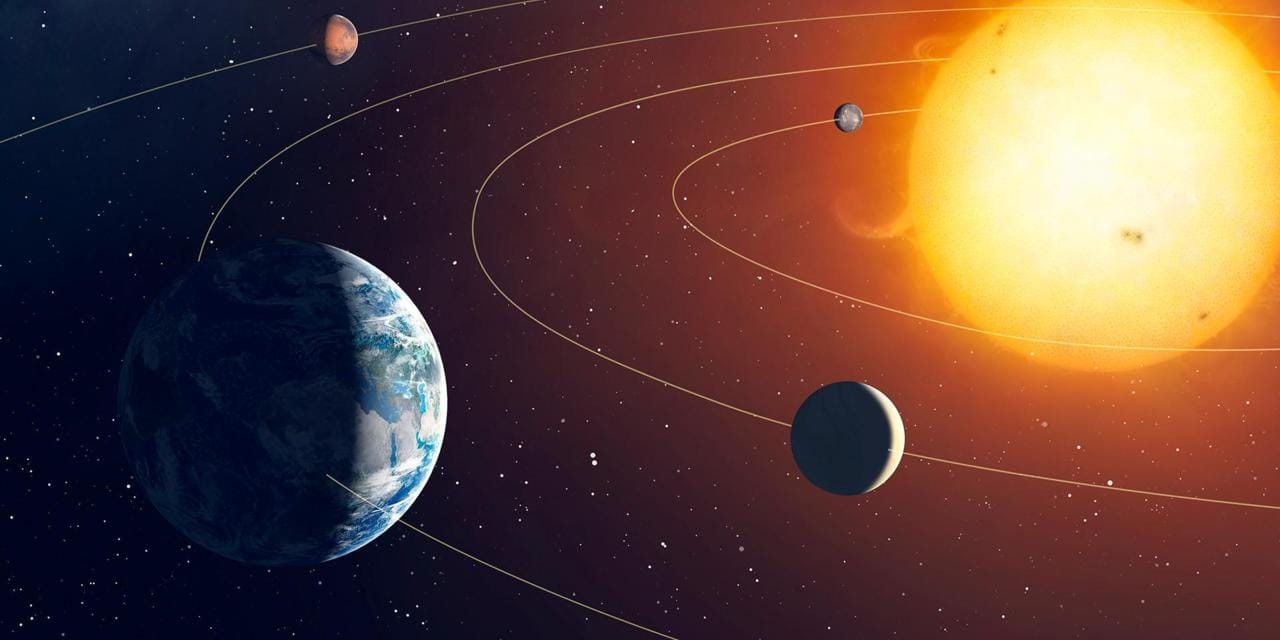Introduction
Have you ever wondered why the Sun continues to burn so brightly despite the vacuum of space, where there’s no air or oxygen? This fascinating mystery often leads to confusion, especially since we typically associate fire with oxygen. In this article, we’ll explore why the Sun burns without air in space, diving into the real science behind this celestial powerhouse.
From nuclear fusion in the Sun to how stars produce energy, we’ll break down what makes our star shine and why it won’t burn out anytime soon.
The Sun Isn’t on Fire Like We Think
Let’s clear up a common misconception: the Sun is not on fire in the traditional sense. When we think of fire, we picture combustion—something burning in the presence of oxygen. But in space, there’s no oxygen. So how does the Sun burn without oxygen?
The answer lies in a process called nuclear fusion. Deep in the Sun’s core, hydrogen atoms are fused together under immense pressure and temperature to form helium. This process releases a tremendous amount of energy—what we experience as sun heat in space. So, instead of chemical combustion, the Sun is powered by nuclear fusion in the Sun.
Nuclear Fusion: The Real Fire in Space
Unlike a campfire that needs oxygen, nuclear fusion thrives under extreme conditions. At the Sun’s core, temperatures soar to about 15 million degrees Celsius. Hydrogen atoms are smashed together so forcefully that they fuse into helium, releasing light and heat in the process.
This process is how stars produce energy, and it’s incredibly efficient. In fact, every second, the Sun converts about 600 million tons of hydrogen into helium, producing vast amounts of energy. That’s the real explanation behind the Sun burning in space.
Why Doesn’t the Sun Go Out?
You might ask, why doesn’t the Sun go out if it’s constantly burning? The reason is the Sun has an enormous supply of hydrogen fuel. Scientists estimate that the Sun is about halfway through its 10-billion-year life span. That means we have billions of years before the Sun’s energy source runs low.
And since the Sun isn’t relying on oxygen to keep burning, there’s no risk of it “suffocating” in space. So, does the Sun need oxygen to burn? Not at all. It operates on entirely different physics.
The Science of Sun Heat in Space
Even though space is freezing cold, the Sun emits heat and light that travel as radiation. This is how we feel sun heat in space, even without air. When these rays reach Earth, they warm our planet and make life possible. It’s also why astronauts in space suits or satellites near the Sun need heavy shielding.
The Bigger Picture: Stars and Fusion
Our Sun is just one of billions of stars in the universe that generate energy through fusion. Understanding how stars produce energy helps astronomers study the life cycles of stars, predict cosmic events, and even search for life on other planets.
These stellar processes are at the heart of astrophysics and cosmology. And the Sun’s activity directly affects Earth—impacting our climate, communication systems, and even satellite technology.
Final Thoughts: The Truth About the Burning Sun
To summarize:
- The Sun doesn’t burn in the way we’re used to—it shines through nuclear fusion.
- It doesn’t need air or oxygen, solving the mystery of why the Sun burns without air in space.
- It’s an efficient and long-lasting source of energy, producing light and sun heat in space.
- Understanding the Sun burning in space gives us deeper insight into how stars produce energy and the workings of our universe.
So the next time someone asks you, “How does the Sun burn without oxygen?” or “Does the Sun need oxygen to burn?” you’ll know the answer. It’s not fire—it’s fusion.



Informative ????
??
i was wondering if there is no air in space , how and why astronaut float in space ? :/
Because of microgravity .As we move far from earth the gravity decreases so there is no gravity in the space because there is no air in the space.gravity help us to move by our choice and holds us in the place toward the ground as no gravity is present in the space the astronauts can’t hold themselves at one place and remain floating in space ?
true that, thank you ! 🙂
My pleasure?
Awesomeeee…. 😀
Thanks?